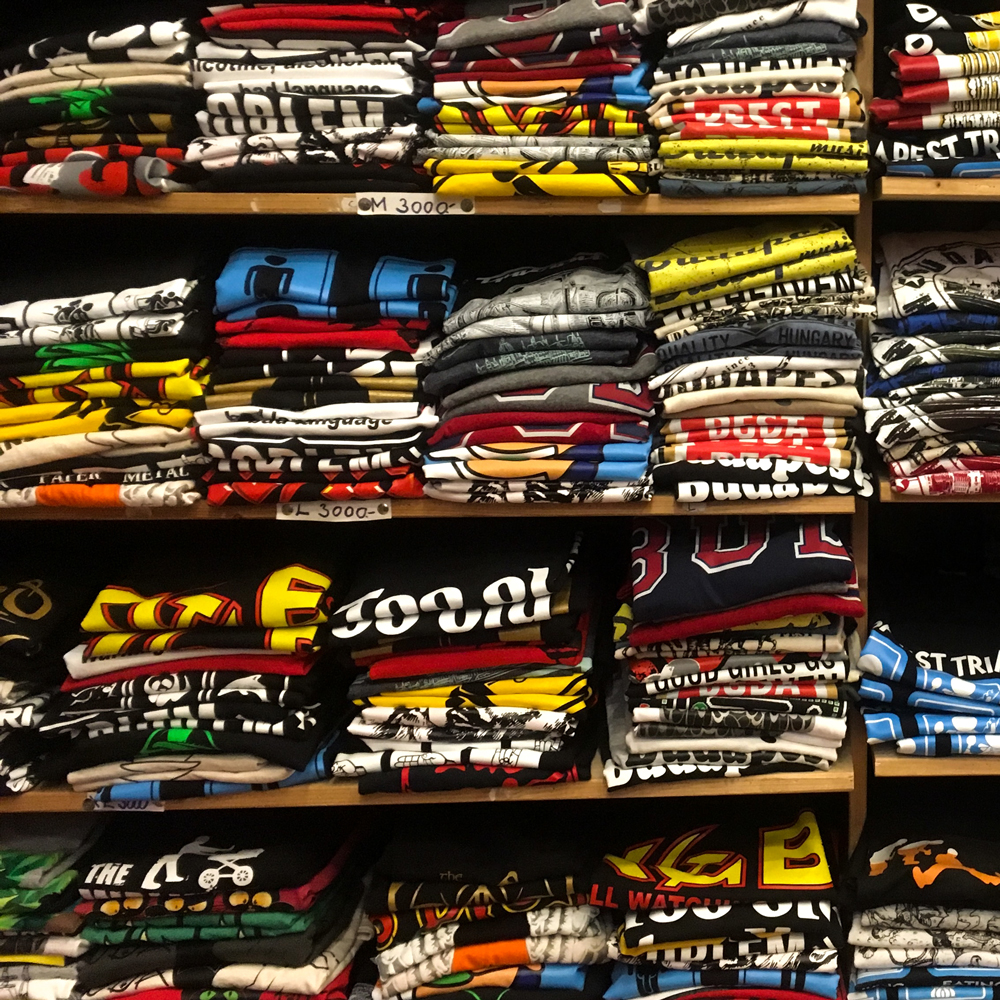TES targets major wholesalers not smaller local sellers who often are supplied by these organisations.
Using Certified Digital Forensic Examiner’s to identify infringements and capture evidence we study legitimate product and supply chains to learn how to identify the fakes.
Our advanced monitoring technology scans all international online marketplaces that ordinary key word searches cannot detect. Once software has identified suspected infringing accounts investigators engage counterfeiters to identify individuals and their payment processor accounts.
We fulfil virtual and physical test purchases into the U.S. This secures evidence and jurisdiction into the U.S Federal Courts. Tracing the financial assets of infringers is core to the TES process not only acting as a powerful deterrent to the counterfeiters but also funding our services and generating revenue for the brands.
Our investigators are fluent in Mandarin, Cantonese, Gujarati, Hindi, Russian, Spanish, Portuguese and French, which facilitates surveillance of infringers through engaging directly and covertly monitoring their online chat rooms.
How it Works

Figures taken from report by the OECD and the EU’s Intellectual Property Office 2019.
Counterfeit Trade – A Global Issue
- Trade in counterfeit and pirated goods has risen steadily in the last few years – even as overall trade volumes stagnated – and now stands at 3.3% of global trade.
- Trends in Trade in Counterfeit and Pirated Goods puts the value of imported fake goods worldwide based on 2016 customs seizure data at USD 509 billion, up from USD 461 billion in 2013.
- For the European Union, counterfeit trade represented 6.8% of imports from non-EU countries, up from 5% in 2013.
- Trade in fake goods, which infringe on trademarks and copyright, creates profits for organised crime gangs at the expense of companies and governments.
- Fakes of items like medical supplies, car parts, toys, food and cosmetics brands and electrical goods carry a range of health and safety risks.
- The goods making up the biggest share of 2016 seizures in dollar terms were footwear, clothing, leather goods, electrical equipment, watches, medical equipment, perfumes, toys, jewelry and pharmaceuticals.
Want to talk about how we can protect your brand?
Our experts are here, just drop us a message.
